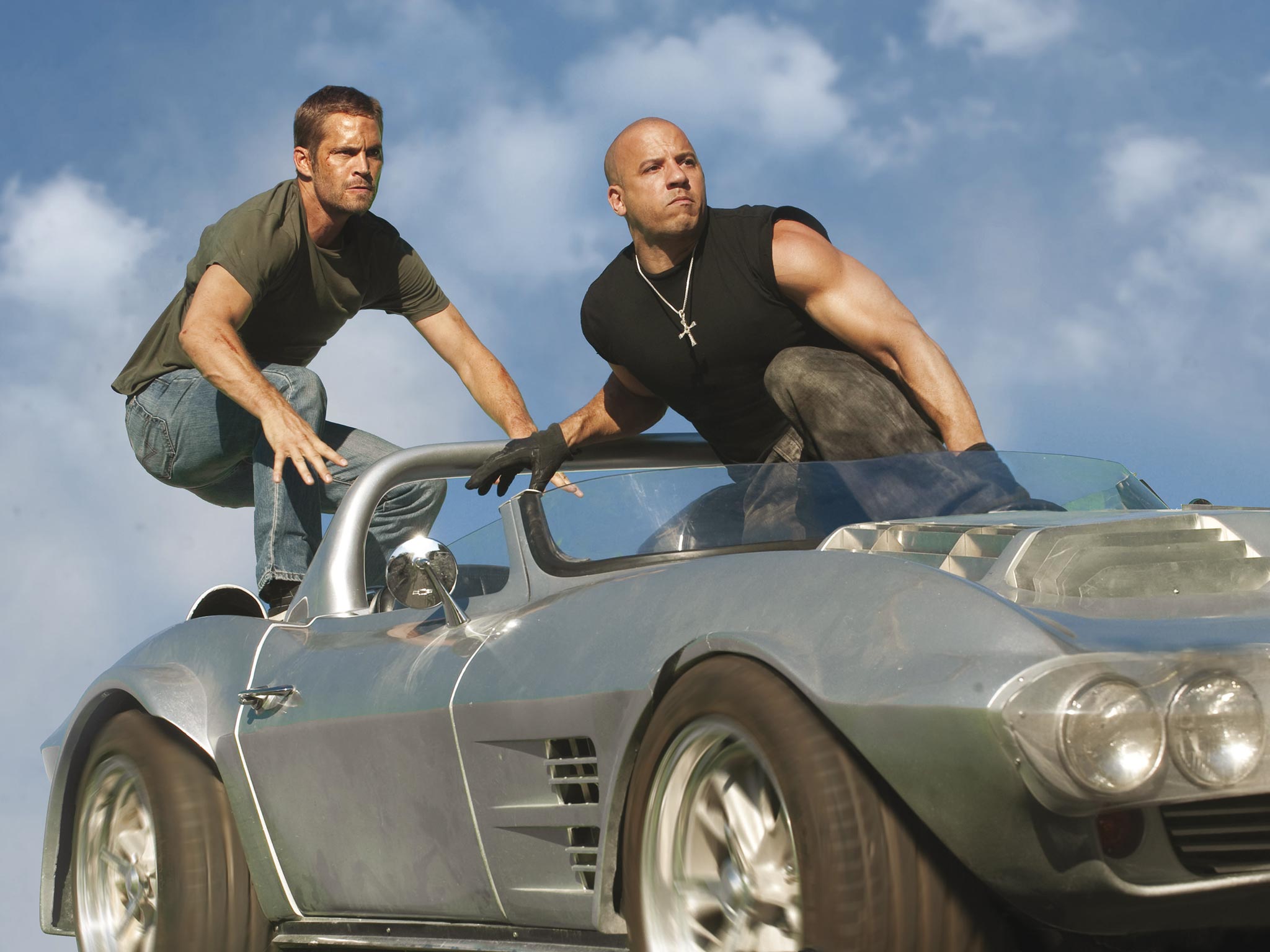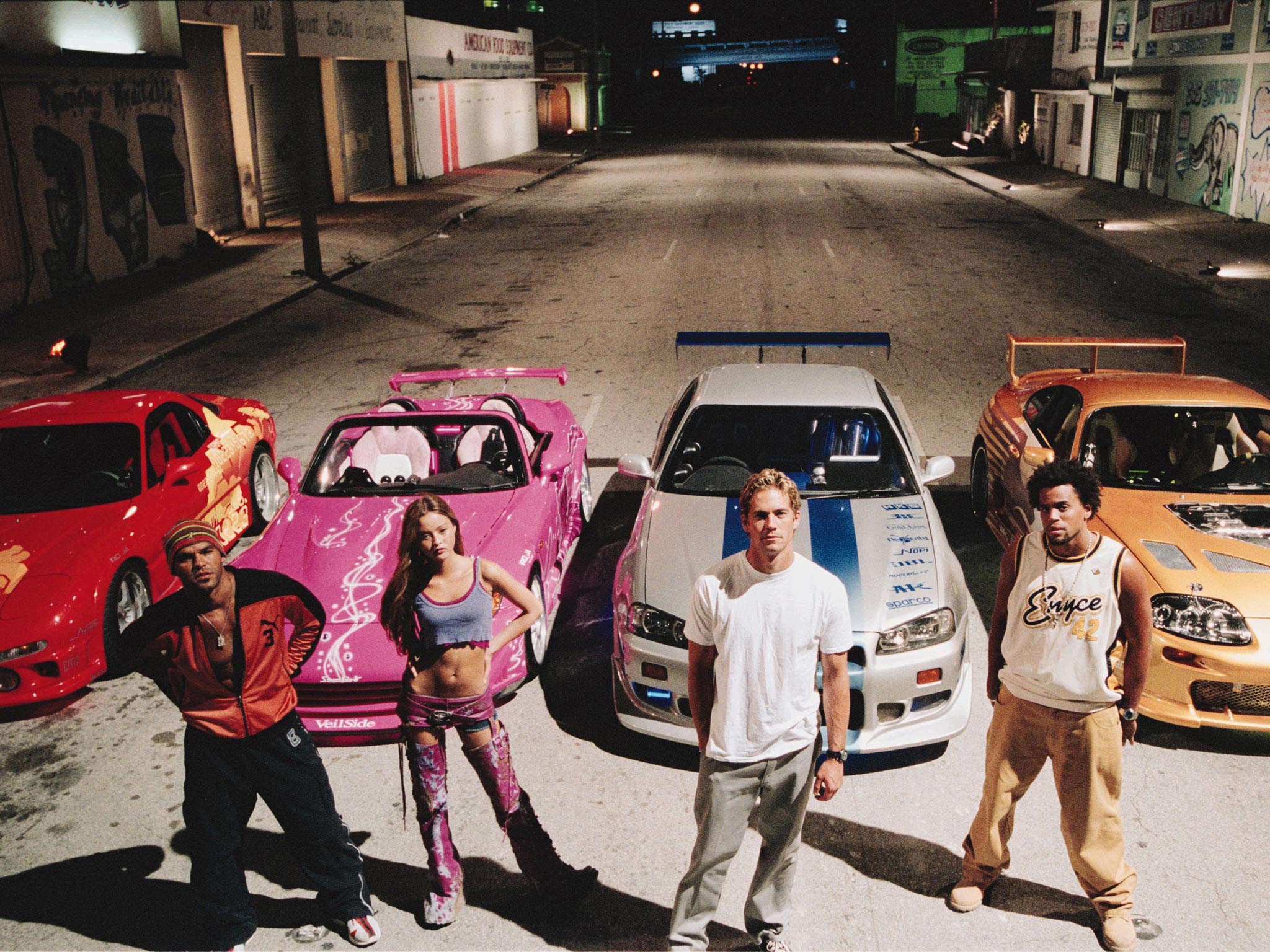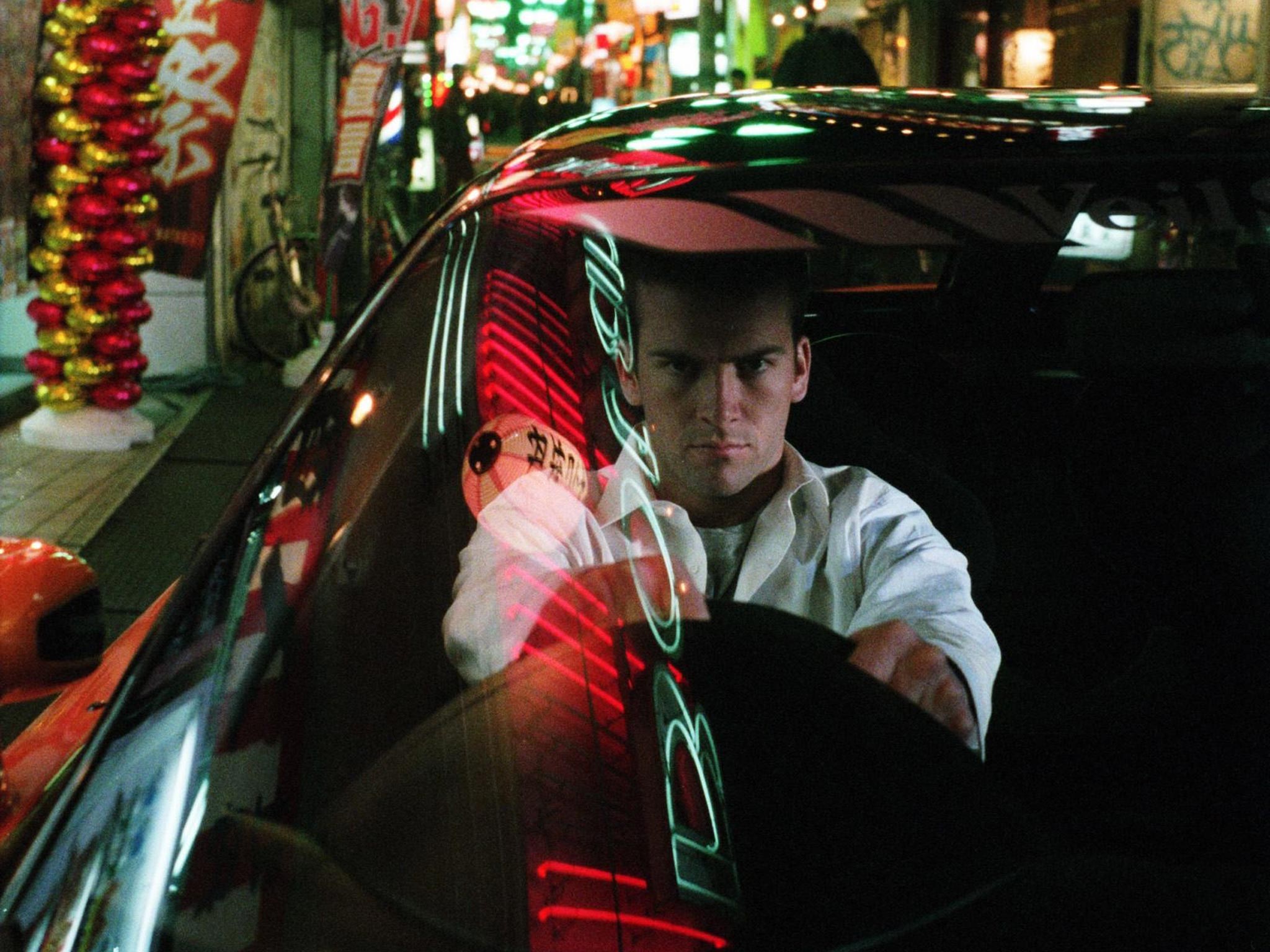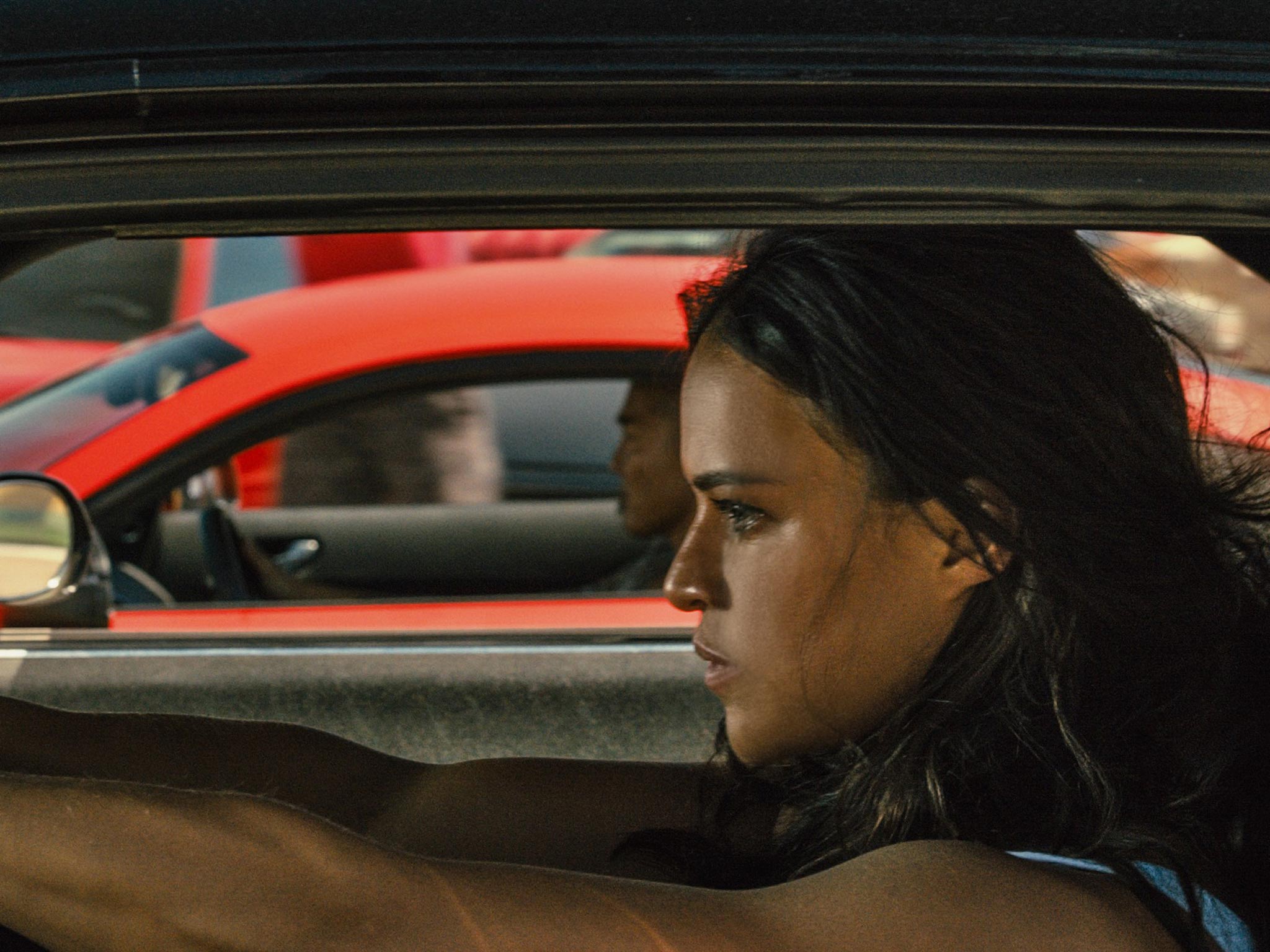Furious 7: The Fast and Furious franchise is not just a guilty pleasure for boy racers

Your support helps us to tell the story
From reproductive rights to climate change to Big Tech, The Independent is on the ground when the story is developing. Whether it's investigating the financials of Elon Musk's pro-Trump PAC or producing our latest documentary, 'The A Word', which shines a light on the American women fighting for reproductive rights, we know how important it is to parse out the facts from the messaging.
At such a critical moment in US history, we need reporters on the ground. Your donation allows us to keep sending journalists to speak to both sides of the story.
The Independent is trusted by Americans across the entire political spectrum. And unlike many other quality news outlets, we choose not to lock Americans out of our reporting and analysis with paywalls. We believe quality journalism should be available to everyone, paid for by those who can afford it.
Your support makes all the difference.I fundamentally object to the phrase “guilty pleasure”. What is the point of it – that we can only like certain things in a certain way because they’re considered a bit embarrassing?
Please. I’ve tried to do away with the whole “let’s like that but only ironically because otherwise other people might sneer at us” attitude because I’d rather be sincere about my cultural tastes than feel obliged to have endless chin-stroking conversations about Wes Anderson’s colour palettes.
So, it follows that I take offence when people ask me if my love of the Fast and Furious franchise is a “guilty pleasure”. NOPE. This, for the pretend-ignorant, is the gas-guzzling, car-centric action film series, starring Vin Diesel and the late Paul Walker, whose seventh instalment hits cinemas this week.
Given that critics usually consign the films to the realm of boy-racer fantasies, many find this 32-year-old woman’s intense love for their majesty difficult to understand. But while I might not be their target audience, I am an audience member nonetheless, and one whose deep-rooted love for action movies makes me evangelical in my defence of them – for, make no mistake, FaF is too good to be left to the teenagers. Don’t believe me? Fine. As Dom Toretto, Diesel’s reluctant hero might say, let me give you a reason to stay…

The series first sped into our lives almost 15 years ago with 2001’s The Fast and the Furious; based on a magazine article about New York street racing, it was pitched by its studio as a tale of “rival Los Angeles street teams who use street racing as a means of establishing power”. However, that description, befitting a more sombre film, directed by Michael Mann, say, didn’t do justice to the result: a pile-up of revving cars, gyrating women and rap music, topped off by the best “shooting the air in frustration and anger” moment since Point Break. It was shallow – retrograde, even – but so uniquely ridiculous, it touched brilliance.
A key part of its appeal was the chemistry between its two leads, Diesel’s street race gang leader Toretto and his clean-cut adversary, Walker’s undercover FBI agent Brian O’Conner. We saw O’Conner switch sides, notionally as a result of falling in love with Toretto’s sister, Mia, but it was clear from the first rev that bromance was the real driver.
An unexpected hit, it prompted inevitable sequels: 2Fast2Furious, which erroneously lost Diesel, and the third, Tokyo Drift, which moved to the Far East with a completely new set of leads. The latter was a gamble that didn’t pay off – like any sequel that effectively starts all over again, it lost fans who didn’t want to invest in a new “family”. It was the worst box-office performer of the series so far, and it felt, even to die-hard fans like me, like the series might be running out of NOS gas.

But then came the game-changer: the nononsense(ly) monikered fourth instalment Fast and Furious. In a move that should be studied in film classes across the world about how to rescue a dying franchise, FaF4 brought the original lead cast back together and, crucially, broadened the scope of the series beyond car-racing with a story that sent Toretto and O’Conner on a revenge mission for the death of a loved one. Here was a can’t-fail plot, to satisfy even non-petrolheads.
And lo, a decade into existence, the series accelerated into top gear. Fast Five took us to Rio, and introduced the one actor that could elevate the franchise even further – Dwayne “The Rock” Johnson. His inclusion in this movie as a DEA agent pitted against Toretto’s crew not only raised the stakes for our gang of anti-heroes but also meant we got to see Riddick fight The Scorpion King, in a showdown that was action movie fans’ very own “Rumble in the Jungle”.

Watch Apple TV+ free for 7 days
New subscribers only. £8.99/mo. after free trial. Plan auto-renews until cancelled

Watch Apple TV+ free for 7 days
New subscribers only. £8.99/mo. after free trial. Plan auto-renews until cancelled
Fast Five also featured one of the greatest car chase scenes ever committed to film – a sequence involving a bank vault that was only topped by the finale of Furious 6, in which the gang tried to stop a plane taking off what seems to be an infinite runway by, essentially, using cars as weights. The sixth Furious also provided an extra adrenaline rush for British fans by travelling to London for a late-night race across Piccadilly Circus – as if it has ever been that empty – and paved the way for Furious 7, in an ingenious post-credits scene that had the cinema I was in on its feet, whooping in delight. You didn’t get that with The Grand Budapest Hotel.

Yes, the scripts might be, shall we say, repetitive: the number of car chases is probably on a par with the number of variations of the phrase “we don’t give up on family”. And sure, there are probably no major awards on the cards, even if Vin Diesel did say last week that he thinks Furious 7 will win the best Picture Oscar (We’ll lead the cries of “snub” come next January’s nominations, don’t you worry, Vin).
But, for unmitigated thrill value, FaF is untouchable. I’d love to discover other movie franchises that feel as fresh, as exciting and as entertaining as this one at the seventh instalment. SEVEN, for goodness sake. Police Academy made it, but the less said about Mission to Moscow, the better. FaF has also succeeded where so many other Hollywood blockbuster franchises fail – in the art of reinventing itself, whilst remaining true to its roots. So the fifth and sixth instalments effortlessly took on the mechanics of a heist movie, while sending the leads trotting the globe in the style of James Bond or Jason Bourne.
Most excitingly, and unlike most other franchises out there, however, FaF isn’t working to a blueprint: unfettered by source material, it can career wherever it wants. And now, seven films in, the series has even acquired some emotional gravitas, following the untimely death of Walker last year. It’s a tragedy that hangs over Furious 7; Walker died halfway through shooting, and a seamless mix of body doubles and CGI trickery were employed to finish his scenes.
In terms of set-pieces, Furious 7 has stepped it up yet again – and that’s not to mention the addition of Jason Statham, as the resident evil. (Did I really say there was only one actor who could elevate the series further?) But it’s the manner in which it sends off Walker that makes it linger in the memory. No spoilers, but let’s just say Furious 7 is this year’s first great weepie.
Now, even the critics have warmed to it: at the time of writing, Furious 7 has an 89 per cent rating on Rotten Tomatoes. It finally feels as if everyone might be catching on to what us FaF heads have known from day one – that this will eventually be recognised as one of the best franchises of all time. And about time, too. To quote Toretto: Salute, mi familia. Here’s to Number 8.
‘Furious 7’ is released on Friday
Join our commenting forum
Join thought-provoking conversations, follow other Independent readers and see their replies
Comments